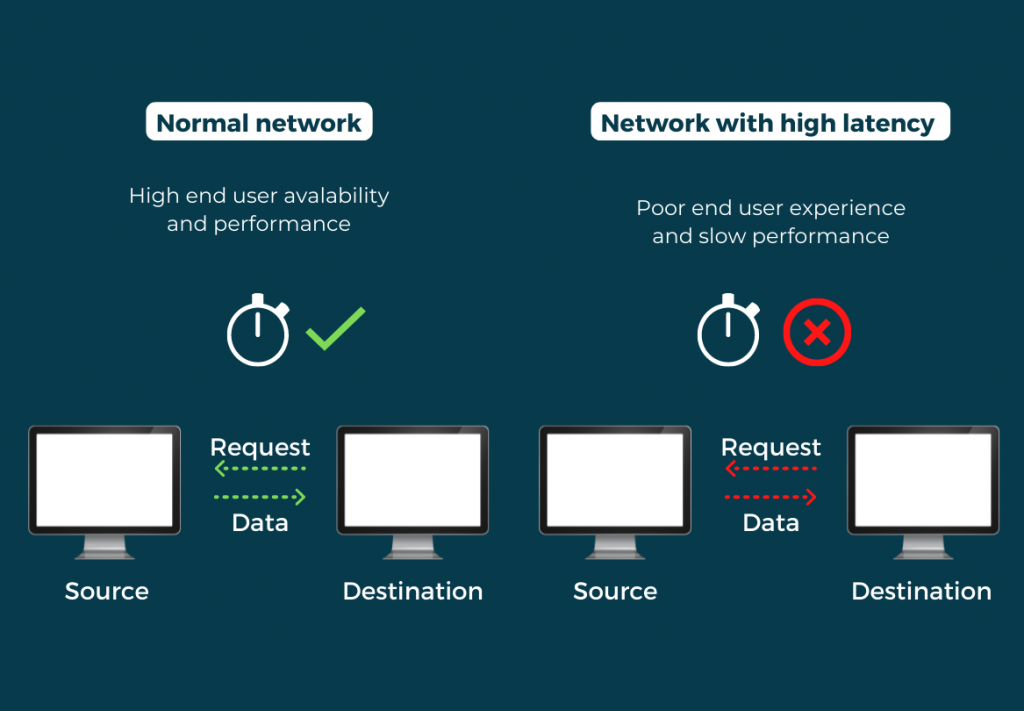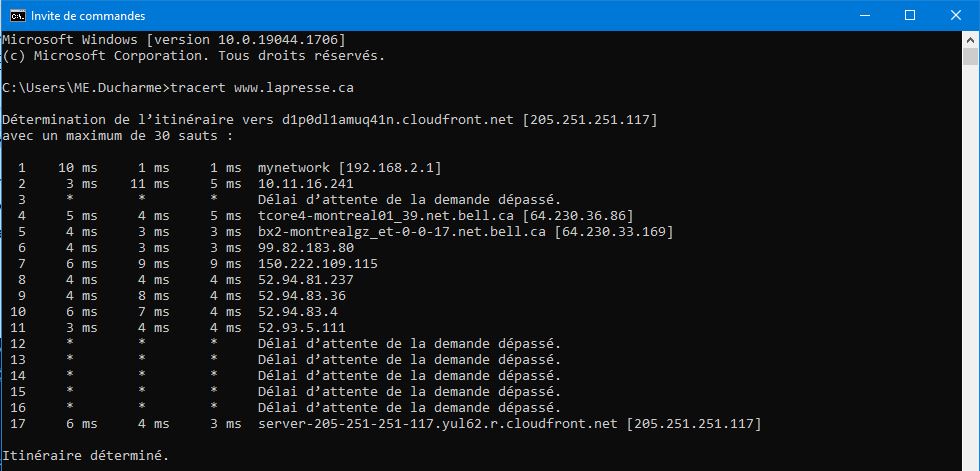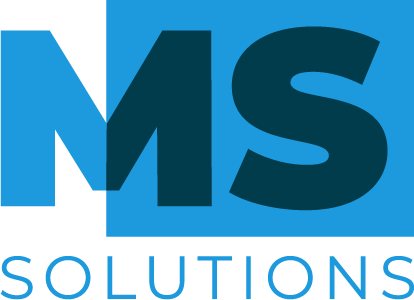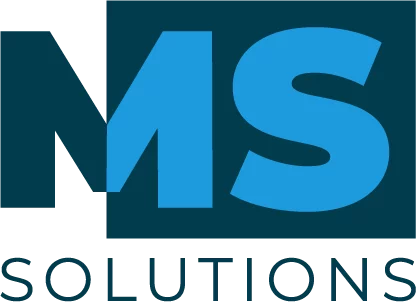Where you save your cloud data is an important factor to consider when choosing a data center and cloud provider. Several reasons can explain this choice and especially the latency.
What is latency? This is the speed required by your data to travel from the place of origin to its destination. We can therefore also speak of data transmission speed.

Many cloud providers promise high-speed data hosting. But is it really realistic if your data is hosted on the other side of the planet?
Quebec or Singapore
If we take the concept of latency and compare it to a journey at the airport, from our arrival to our boarding, latency represents the time we take to transit through the different stages of the journey, including various obstacles that can lead to delays.
Our latency can be 60 minutes, if we have no luggage to check in and our boarding gate is nearby; compared to 180 minutes if the wait time is long at security and we have to travel the entire airport to reach our boarding gate.
All the obstacles on your journey can be compared to “gateway nods”, or more simply “hops”, in the cloud universe. These are the stops made by the data path between the origin and the destination.
If you have the option of placing your cloud data in Quebec or Singapore, which location do you choose? The answer is quite simple. You have to choose the place closest to your audience to reduce latency.
So if your teams are working on data in Asia, it is a priori logical to opt to place your data in Singapore, in order to reduce the possibility of latency. The greater the distance between the user and the data, the greater the latency. The delay also depends on the efficiency of the network and the quality of the routing devices, in short the hops encountered in the path of the data.
Some Figures
Data travels at the speed of light in optical cables, about 200,000 km per second. The distance between Quebec City and Singapore is 14,628 km. If we don’t take into account the hops that could occur and therefore simply analyze the speed, the latency for a business located in Montreal and keeping its data in Singapore are 146 milliseconds per round trip of X amount of data. To this delay must be added the hops. This latency is almost non-existent in a context where the data is hosted in Quebec City or Montreal. The distance can therefore have a significant impact on the latency for the user.
Since in most cases, the use of data requires a round trip exchange with the server, the 146 milliseconds mentioned above may actually be much higher given the jumpshops along the way. When we reach 250 milliseconds, the latency can be felt by a user who may notice that a website loads slowly, as an example. In the industry, when we talk about ultra-fast data connection speeds, we refer to 10 milliseconds or better.
The number of hops in the data path is not to be overlooked. Each hop represents a device on which the network traffic transits. This multiplies the possibility of a failure or a security breach.

Measuring latency
To measure latency, simply use the tracert command in the Windows command invite. In the command, enter tracert website.com, where website.com is replaced by the URL of the website with which to trace the route.
Below are three concrete examples in which you can see the number of hops in the path of the website of www.lapresse.ca which is 17 while that for www.journaldemontreal.com is 6 and finally 9 for www.bbc.com.



The closer, the better
You guessed it. It’s not Quebec or Singapore that wins, but the concept of proximity to your audience. This is especially important for frequent access to databases, for example, which could be a key issue for you or your customers.
In conclusion, the most important thing to remember about latency is that the lower the latency between the user and the cloud application, the better the performance.
In short…
If you would like to know more about the MS Solutions cloud, where data is backed up and any other specifications, call on our experts to discuss your needs and concerns.
In addition, feel free to download our document: 8 criteria for choosing a cloud provider.




